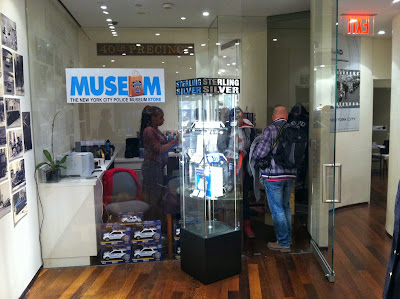 |
| Gold prices on a blackboard from the NY Gold Room on Black Friday |
Today when Americans talk about Black Friday, we are
referring to the big shopping day after Thanksgiving in November. This is a day
when many Americans venture out to the shops to begin spending money on
Christmas gifts for their families.
The term Black Friday has an older, darker, more salacious
meaning though: in 1869, there was a crash on Wall Street that was so sudden
and harmful that it resulted in many suicides. The story of the original Black
Friday- the crash- involves moguls, mediums and madams entangled in a bizarre
set of circumstances.
 |
| Josie Mansfield |
In the 19th century, rich and powerful men in New
York often frequented brothels to avail themselves of the services of the
working girls. The madams running these establishments got wise to the
possibilities of hosting such men regularly. The girls were trained to extract
financial information from their patrons while giving the impression that they
were not even listening or understanding what they were hearing. Unbeknownst to
these traders, businessmen and political heavyweights, every morsel of
information they divulged was being passed to the madam.
 |
| Victoria Woodhull |
One such working girl was named Josie Mansfield, a friend of
Victoria Woodhull. Woodhull was a
successful and well-known fortune teller, and
went on to become the first female owner of a Wall Street brokerage firm. Josie
became the mistress of financier Jim Fisk, who was a competitor to notable
industrialist Cornelius Vanderbilt. Fisk and his partner Jay Gould cooked up a
scheme to drive up the price of gold and turn a quick profit by selling at a
peak price. Essentially the scheme involves buying enormous quantities of gold,
thereby driving prices up. Once the prices reach an acceptably high level, the
schemers sell their share and collect a tidy profit.
 |
| Jim Fisk |
Josie learned of this scheme, of course, from Fisk, and
informed her friend Victoria Woodhull. Woodhull was very smart in terms of
investing yet she was still selling her services (very successfully) as a
medium. Woodhull came to Vanderbilt “in a trance” and advised him to buy gold
at $132. Vanderbilt pulled together all of the cash he had and managed to buy
$9.5 million worth of gold at $132. This was early in the week.
By Wednesday afternoon, the price of gold had risen to $141.
Thursday morning, Fisk and Gould met at Josie’s house to plan their scheme.
They decided to buy as much gold as possible and then sell it when it reached
$150. They carried out their purchase through anonymous brokers.
On Thursday evening, Woodhull, armed with more exact
information, visited Vanderbilt once more and advised him to sell at $150.
On Friday, upon the opening of the market, gold was valued
at $150 and Vanderbilt sold his share at a profit. By late morning, the price
of gold was at $160.
 |
| Gold. Chased for centuries. |
Part of Fisk and Gould’s plan involved an Assistant Treasurer
named Butterfield who was in on it and stood to profit himself off of this
scheme. When the price of gold had hit $162, Butterfield knew he had to inform
Washington of the circumstances. The government, in response, instructed
Butterfield to sell their shares of gold the following day. Butterfield
secretly informed Fisk and Gould, allowing them to sell their shares and make
their profit. Butterfield then publicly announced the government’s plan to sell
their gold the next day, instantly devaluing the gold price from a high of $162
all the way back down to $132.
Fisk and Gould turned a profit through the scheme. Their
chief competitor Vanderbilt did as well, although he did not know he was being
fed Fisk & Gould’s info. The rest of Wall Street was left in ruins. The
rapid devaluation bankrupted several investment houses and by midnight, 25
people had committed suicide, earning September 24, 1869 the name “Black
Friday.”
For more information about Wall Street and New York's Financial District,
join a Wall Street Walks guided walking tour!

















































